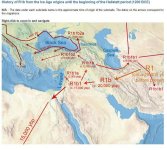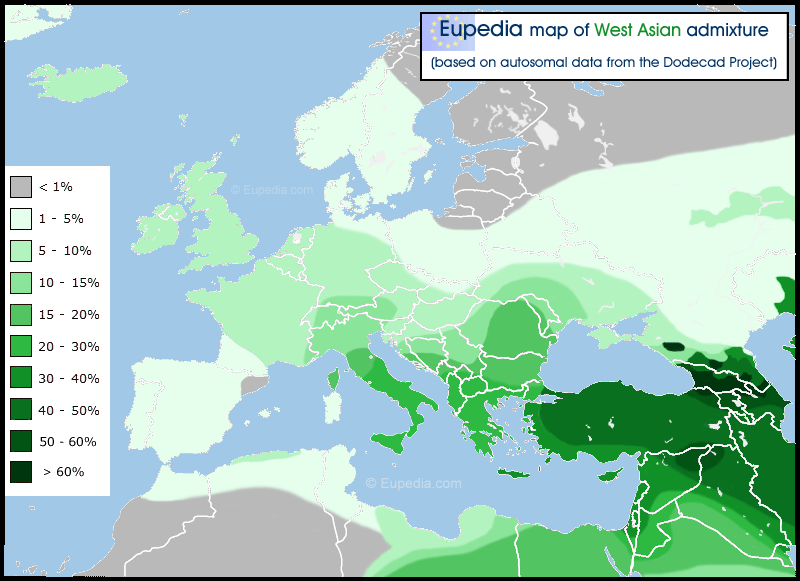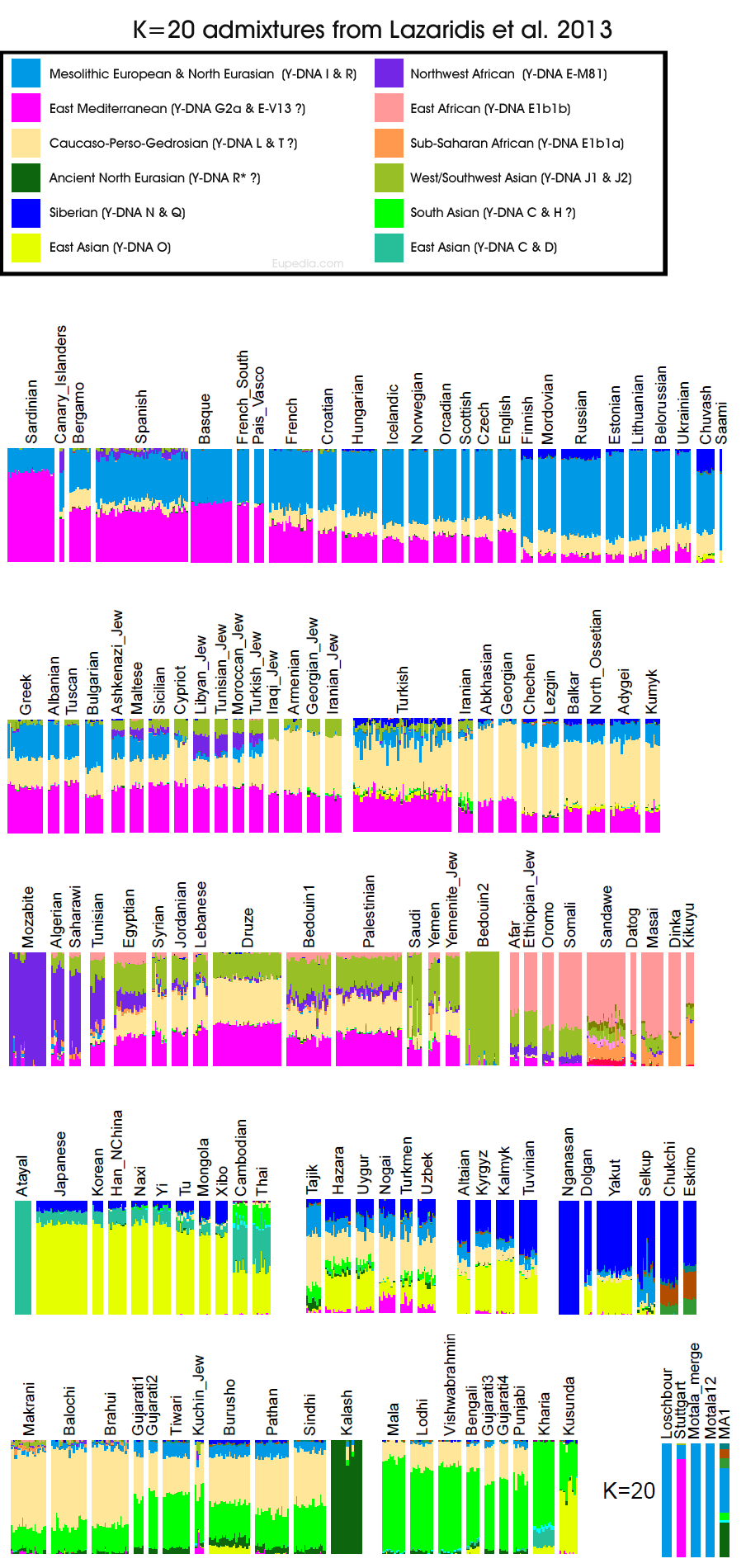I am envisaging quite a number of further write-ups (on chariots, horses, etc.), which I will eventually post, but, to cut a long story short, here the answer to the key question: Why would R1a move from Eastern Anatolia / Northern Iran to Eastern Europe via BMAC (Afghanistan/ Turkmenistan), instead of taking a shortcut through the Caucasus and the Pontic steppes? The answer is simple:
Bronze age Mesopotamia and Eastern Mediterranean needed tin, which is scarce in the region. There are a few smaller tin mines in the Taurus mountains in Eastern Anatolia that appear to have been exploited during the early Bronze Age (
http://www.academia.edu/1581326/Strategic_Industries_and_Tin_in_the_Ancient_NE_Anatolia_Updated), but they are unlikely to have covered more than a fraction of the demand. Consequently, archaeologists have for a long time been looking at Central Asia as possible tin supply source (
http://www.penn.museum/documents/publications/expedition/PDFs/25-1/Cleuziou.pdf) Finds of Lapis Lazuli from NE Afghanistan in Mesopotamia and Egypt evidence trade links that most likely already commenced during the Mesolithic (
http://en.wikipedia.org/wiki/Lapis_lazuli).
Aside from Western and NE Afghanistan, relevant tin concentrations that are supposed to have been exploited during the Bronze Age occur on the northern rim of the Kopet Dag range, which runs along today's border between Iran and Turkmenistan. We are roughly talking a north-westerly line from Herat (West Afghanistan) via Ashgabat to Türkmenbashi on the Caspian Sea shore here. At the centre of this belt is the site of Namazga-Tepe, whose culture is sometimes regarded as a predecessor, sometimes as integral part of the BMAC complex. There are clear archaeological traces of chalcolithic cultural and population incursion from north-central Iran into the area, while the nature of this incursion (violent or peaceful-assimilative) is still being disputed. Somewhat later, around 2,100 BC, the Kopet Dag (western BMAC) culture develops links with the Andronovo culture in the Southern Ural, but possibly not only to there. The following maps, extracted from this excellent presentation
http://www.archatlas.org/workshop09/works09-wilkinson.php display cost-distance maps for Namazga/ BMAC tin exports. The mines themselves are indicated by red dots. The whiter an area, the more likely it is to have been importing tin from Namazga / BMAC. Note especially the south-eastern expansion through the Hindukush, with the addition of new tin mines in Central/ Southern Afghanistan and the Punjab.
View attachment 6501
View attachment 6500
While I am at tin: There are 3-4 major European tin regions that are known or supposed to have been exploited during the Bronze Age: Cornwall, Britanny, NW Iberia (Galicia), and the Erzgebirge / Sudetian mountains. The Celtic link to the first three regions is obvious; the fourth region is in the area where the Globular Amphora Culture, possibly Central Europe's first IE culture, developed.
That leaves us with the Tocharians in the Tarim basin. Strabo mentions tin import from the Tarim, and the issue is briefly discussed here
http://books.google.de/books?id=c9U...CCAQ6AEwAA#v=onepage&q=Tin mine Tarim&f=false. An in-depth geological study notes
http://www.mantleplumes.org/WebDocuments/DeBoorder2013.pdf
There is another major tin belt that is known to have been exploited in antiquity, and is accounting for most of today's tin production. It runs from Yunnan in SW China through the Malaysian peninsula down to Eastern Sumatra. If you would like to get control over these mines, or at least their possible export routes towards the Middle East and the Mediterrenean, where would you go? Down the Ganges, and then further along the North-Eastern tributaries, especially the Brahmaputra, doesn't seem a bad idea. Now, check the R1a-M780 distribution map ... For R1a-Z2125, note how the largest concentration occurs between the tin and Lapis Lazuli mines in NE Afghanistan, the Muruntau ore district in central Uzbekistan that is mentioned in the quote above, and along the Tianshan mountains in Uzbekistan and southern Kasachstan.
The Z93* cluster in the Altai, finally, seems to compare well to the late 3rd/ early 2nd millennium BC tin & copper mines that have recently been discovered there (
http://www.gerda-henkel-stiftung.de/?page_id=76357, in German) .
http://en.wikipedia.org/wiki/Tin_sources_and_trade_in_ancient_times












